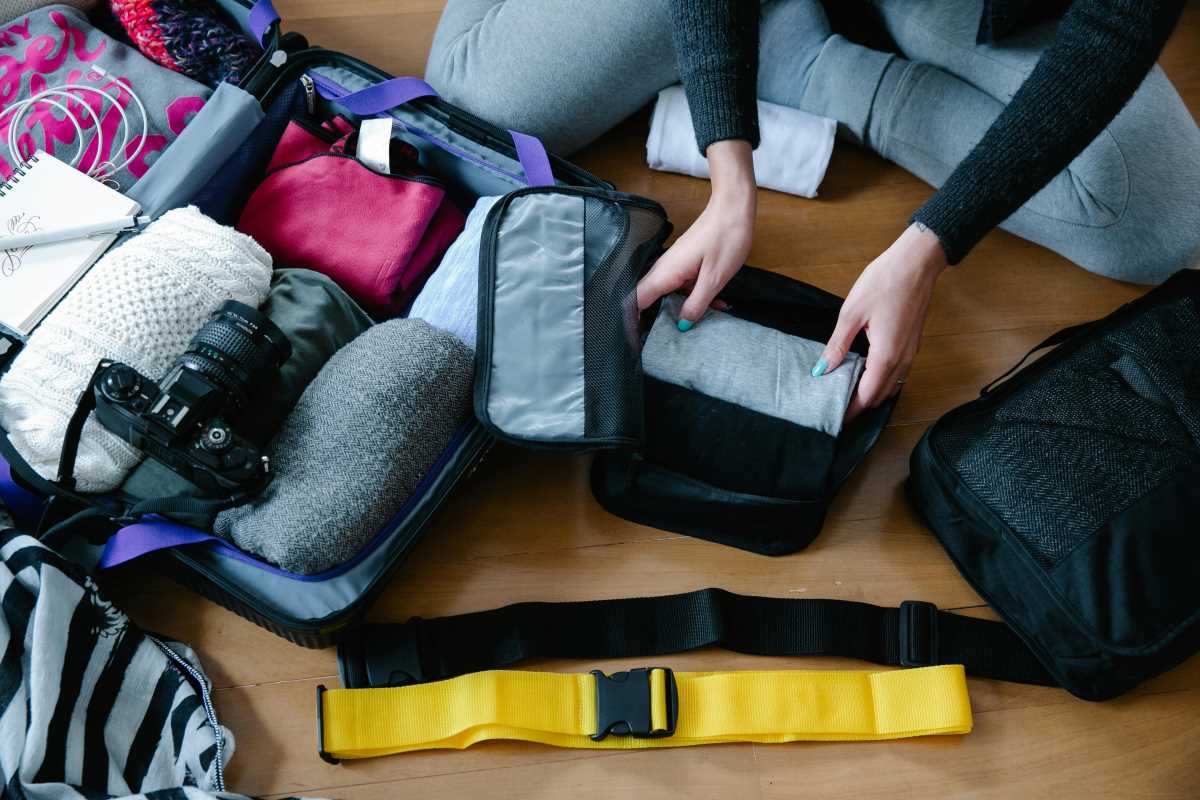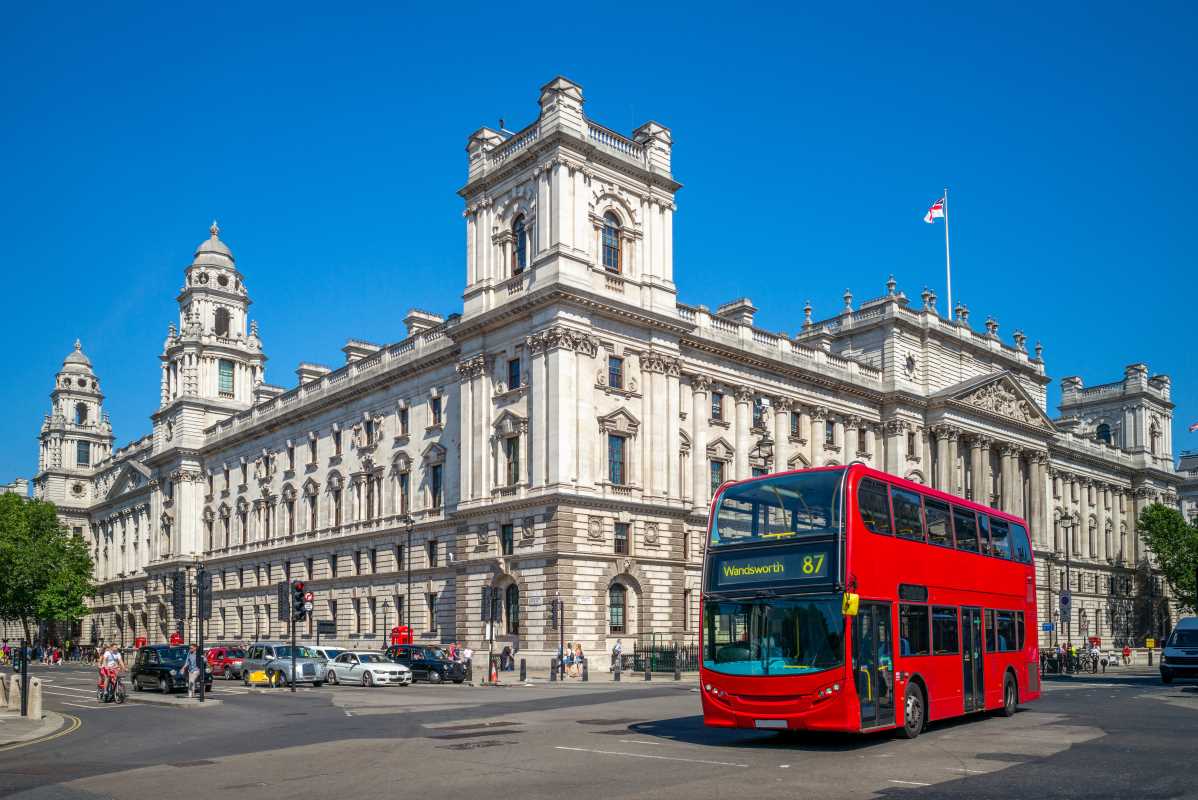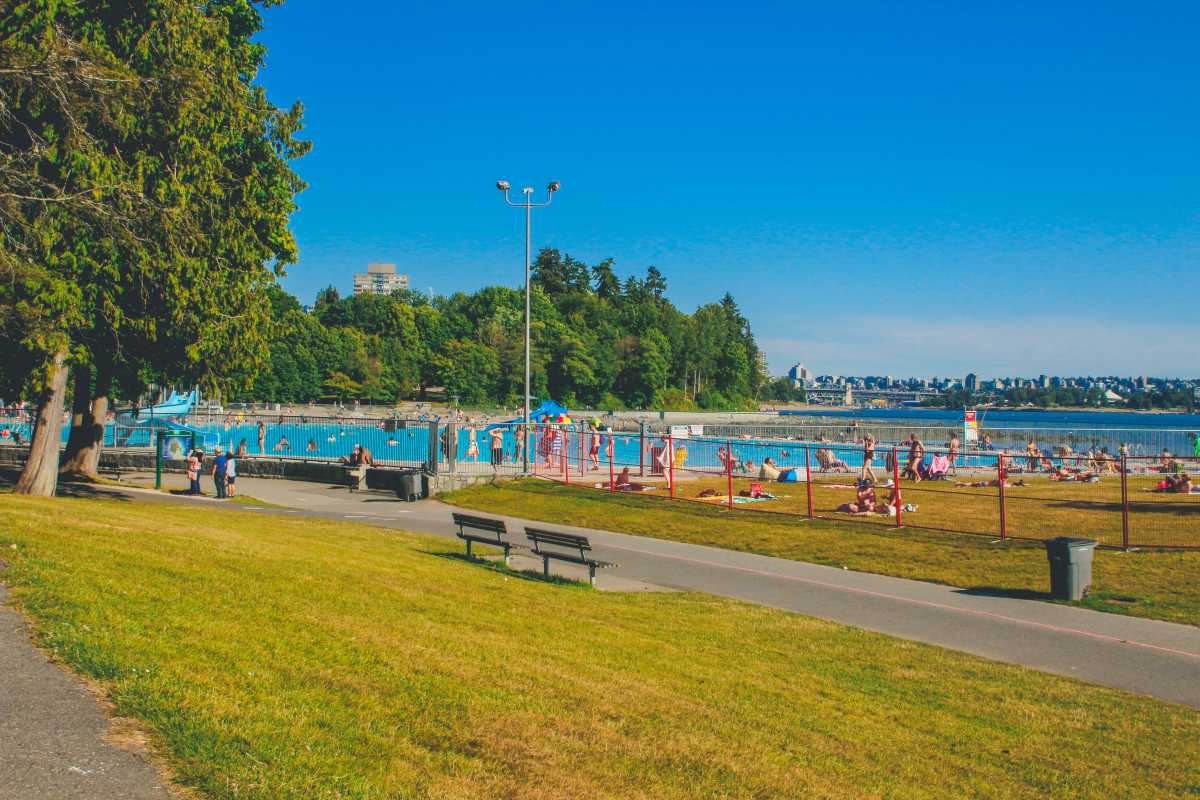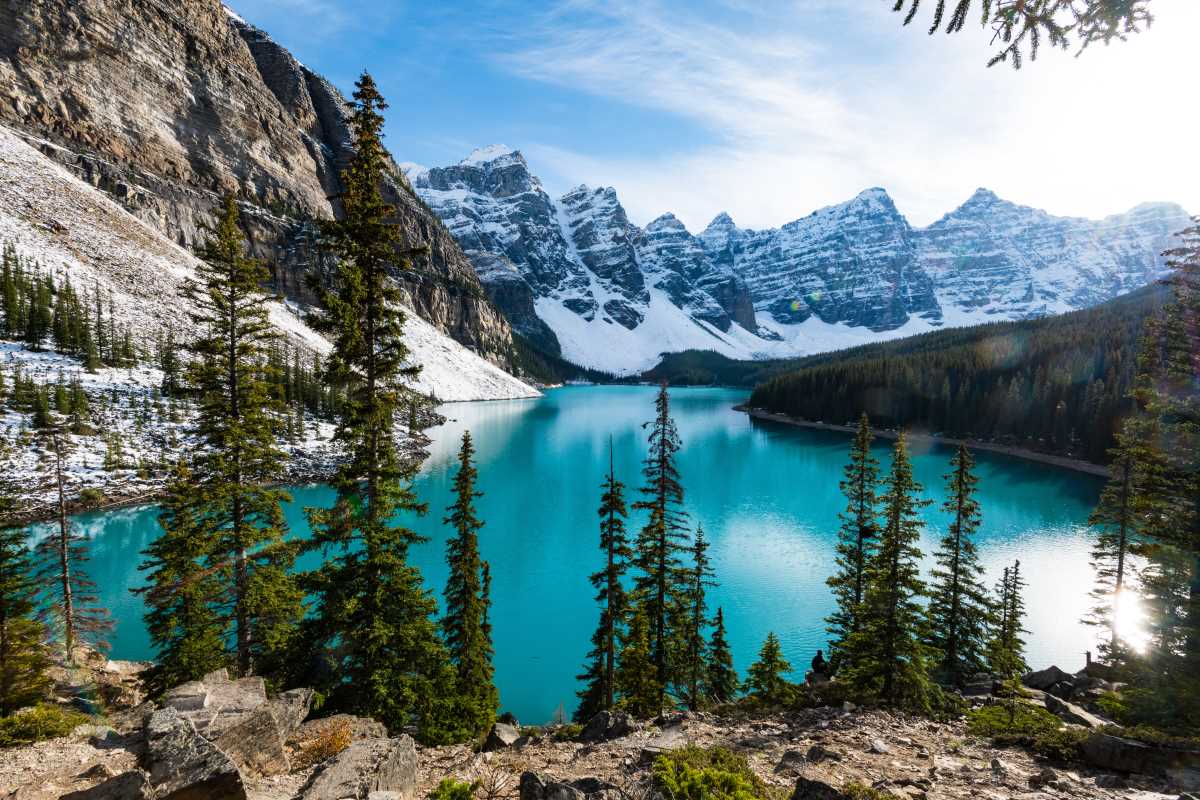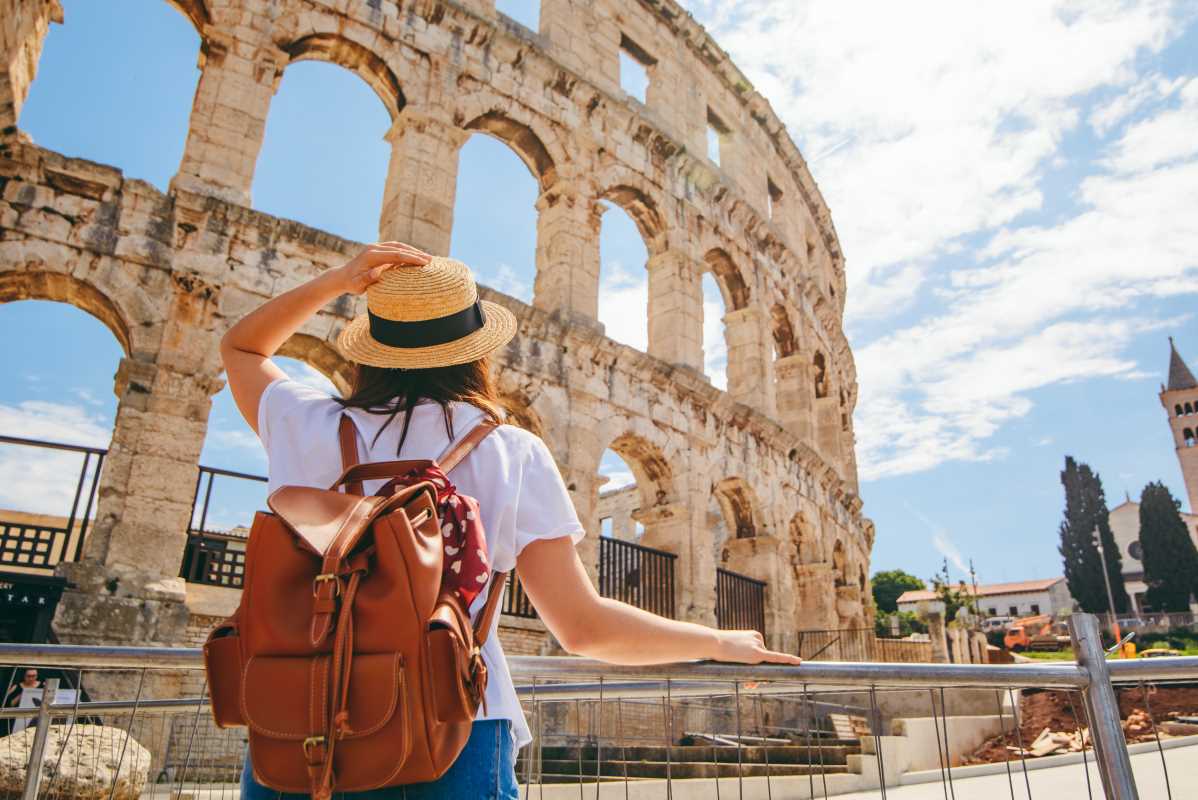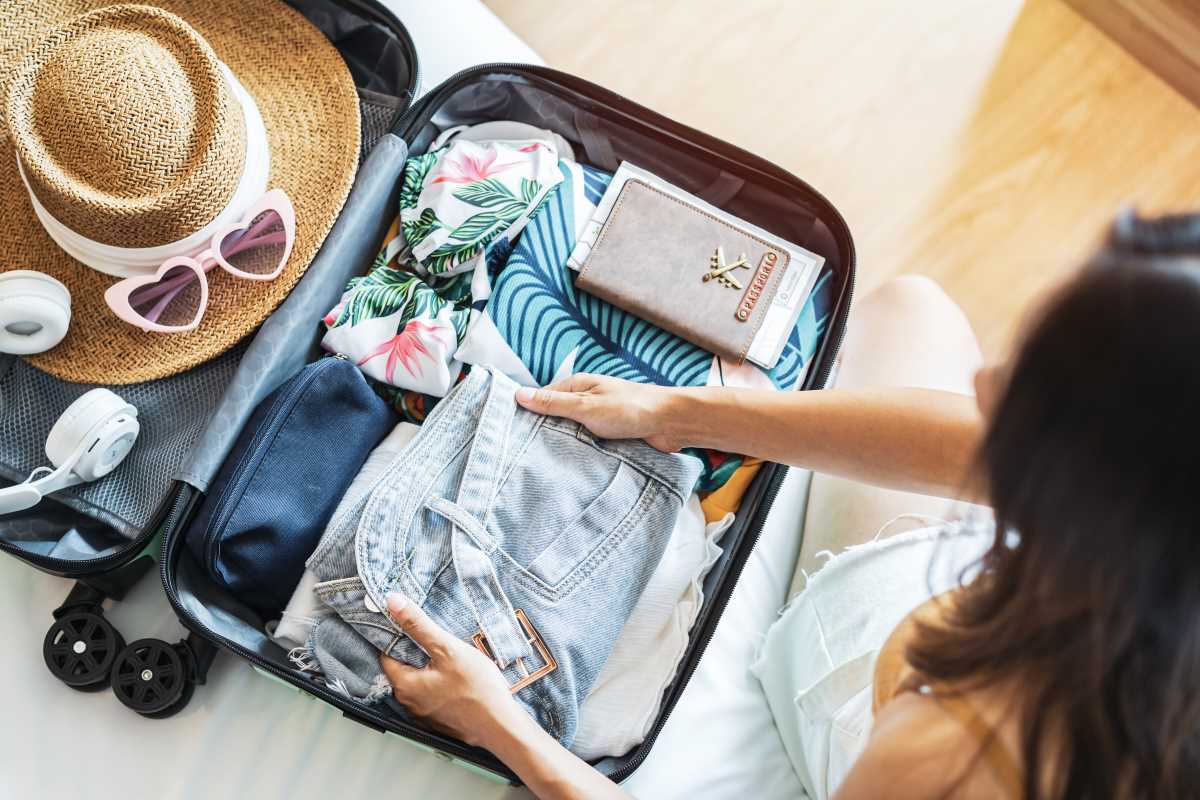Imagine visiting the Eiffel Tower without a three-hour wait or strolling through Venice's streets without bumping into another person every few seconds. Sound like a dream? It doesn't have to be! The secret to unlocking a more peaceful and authentic travel experience lies in understanding microseasons.
What Are Microseasons?
You’re probably familiar with the main travel seasons: peak, shoulder, and off-season. These are broad periods that last for months. Microseasons, however, are much shorter windows of time, often just a week or two, that fall between the major seasons. They represent a sweet spot where the weather is still great, but the crowds have thinned out.
Think of it like this:
- Peak Season: High demand, big crowds, and expensive prices. (e.g., Summer in Europe).
- Shoulder Season: Good weather, fewer people, and better prices. A great time to travel. (e.g., Spring or Fall in Europe).
- Microseason: A very specific, short period within or just outside the shoulder season that offers peak-season benefits with off-season crowds.
For example, the first two weeks of May in many Mediterranean destinations can be a perfect microseason. The weather is warm and sunny, but the summer rush hasn't started yet. Another example is the week after Thanksgiving in the U.S., when travel demand drops sharply before the Christmas holiday chaos begins.
Why You Should Travel During a Microseason
Planning your trips around these short windows can completely transform your vacation. You get all the perks of popular destinations without the usual downsides.
Enjoy Destinations Without the Crowds
This is the biggest benefit! Fewer people mean shorter lines at attractions, more space to breathe at famous landmarks, and a more relaxed atmosphere overall. You can take your time, snap photos without a hundred strangers in the background, and connect more deeply with the place you're visiting. It’s the difference between seeing a city and truly experiencing it.
Find Better Deals on Flights and Hotels
Simple supply and demand. When fewer people are traveling, airlines and hotels lower their prices to attract customers. Traveling during a microseason can save you hundreds, or even thousands, of dollars on your biggest trip expenses. This leaves you with more money to spend on unique experiences, delicious food, or even another vacation!
Have More Unique and Authentic Experiences
When a destination isn't overwhelmed with tourists, the local culture shines through. You'll have better chances to chat with locals, get a table at that popular neighborhood restaurant, and discover hidden gems that are often missed during peak season. You get a more genuine sense of place, which makes for unforgettable memories.
How to Find and Plan for Microseasons
Identifying these perfect travel windows takes a little research, but the payoff is huge. Here are some practical tips to help you pinpoint the best microseasons for your dream destinations.
Research Local Events and Holidays
Major festivals, conferences, and national holidays can turn a quiet period into a crowded one overnight. Before booking, do a quick search for "events in [destination] [month]" to see what's happening. Conversely, you might find a fantastic local festival that isn't a huge international draw, offering a unique cultural experience without the crowds.
Study Weather Patterns Carefully
The goal of microseason travel is to get great weather without the peak-season crowds. Look at historical weather data for your destination. For example, if you want to visit the Caribbean, aim for the period just after the hurricane season ends (late November) but before the holiday crowds arrive in mid-December. The weather is typically beautiful, and prices are still low.
Identify Off-Peak Times Between Major Holidays
There are predictable lulls in travel throughout the year. These are often fantastic microseasons. Look for these windows:
- The first two weeks of December: After Thanksgiving and before the Christmas rush.
- Most of January (after New Year's Day): A post-holiday slump in travel.
- Late April to Early May: After spring break but before summer vacation.
- September and October: After the summer crowds have gone home, but the weather is often still excellent.
Talk to Locals and Travel Experts
Who knows a destination better than the people who live there? Use travel forums like Reddit (r/travel) or Facebook groups to ask locals about the best times to visit to avoid crowds. Travel agents and bloggers who specialize in a particular region are also wonderful resources for insider knowledge.
Great Destinations for Microseason Travel
Ready for some inspiration? Here are a few examples of destinations where timing your trip around a microseason can make a massive difference.
- Kyoto, Japan (Late May): The famous cherry blossoms of late March and April draw enormous crowds. But if you visit in late May, you'll be treated to lush green scenery and pleasant weather, with far fewer people. You’ll get to explore the temples and gardens in relative peace.
- The Greek Islands (September): The summer months of July and August are incredibly busy and hot. Plan your trip for September instead. The sea is still warm enough for swimming, the sun is shining, and the massive crowds have dissipated. Plus, flights and ferries are much cheaper.
- Patagonia, Chile/Argentina (November or March): The peak season for hiking in Patagonia is December through February. By going in November (spring) or March (fall), you get to see the stunning landscapes with fewer trekkers on the trails. In November, you'll see blooming wildflowers, while March offers beautiful autumn colors.
- Tuscany, Italy (Early October): Avoid the sweltering heat and packed towns of summer by visiting in early October. You'll arrive just in time for the grape harvest season, find pleasant, sunny days perfect for exploring, and enjoy the region's famous cuisine without fighting for a reservation.
 (Image via
(Image via